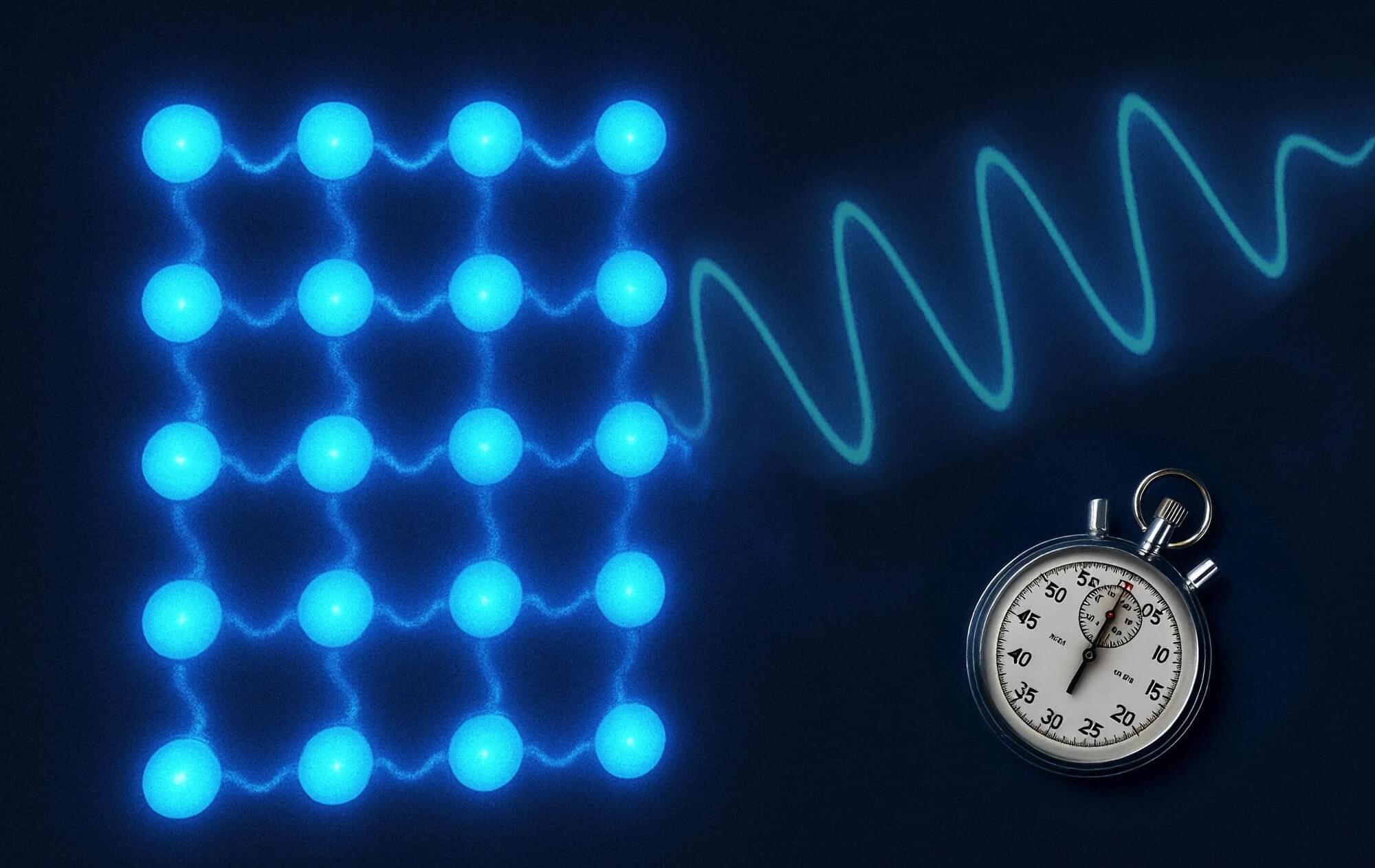Nature has many rhythms: the seasons result from Earth’s movement around the sun, the ticking of a pendulum clock results from the oscillation of its pendulum. These phenomena can be understood with very simple equations. However, regular rhythms can also arise in a completely different way—by themselves, without an external clock, through the complex interaction of many particles. Instead of uniform disorder, a fixed rhythm emerges—this is referred to as a “time crystal.”
Calculations by TU Wien (Vienna) now show that such time crystals can also be generated in a completely different way than previously thought. The quantum physical correlations between the particles, which were previously thought to be harmful for the emergence of such phenomena, can actually stabilize time crystals. This is a surprising new insight into the quantum physics of many-particle systems.
The findings are published in the journal Physical Review Letters.









